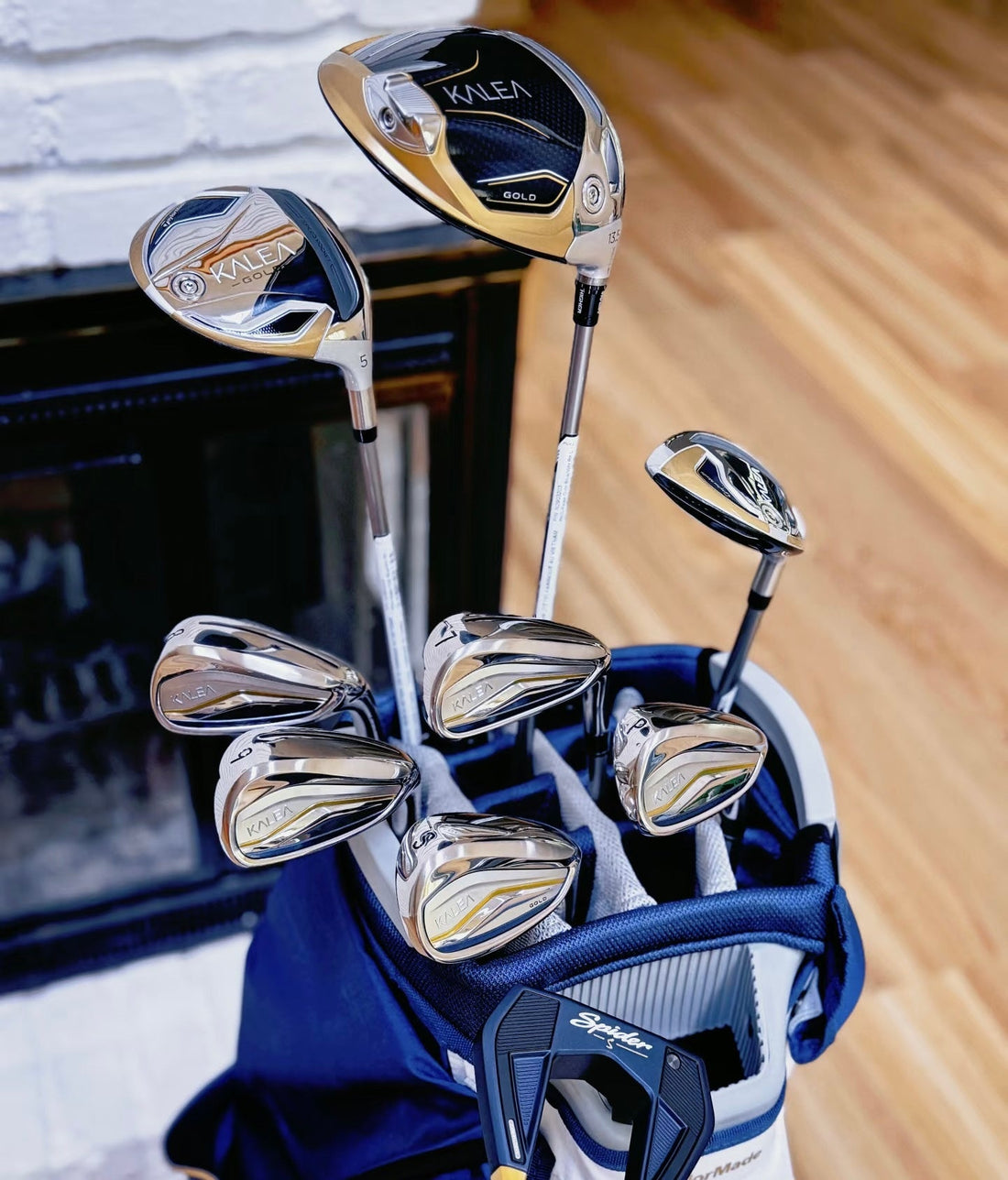
Golf Irons: Everything You Need to Know Before Choosing Your Set
Golf irons are the backbone of the game.
Whether you’re a beginner learning your first swing, an intermediate player sharpening accuracy, or an advanced golfer refining shot-making, irons make up most of your bag. But choosing the right golf irons requires understanding not just categories, but also why weight, shaft flexibility, and materials evolve across skill levels.
What to Consider When Choosing Golf Irons
The right golf irons should match your swing speed, body build, and skill level. Grip size, shaft weight, and flex all influence consistency.
Beginners often choose irons with larger, forgiving clubheads and shafts with higher flexibility, while advanced players prefer stiffer shafts and compact clubheads for precision.
Why Beginner Golf Irons Are Lighter and More Flexible
Beginner golf irons are intentionally designed to help new players enjoy the sport. Several features make them easier to use:
- Shaft Flexibility: Entry-level irons often use graphite shafts, weighing as little as 50–60 grams, which bend more during the swing. This extra flex generates “whip,” helping beginners hit the ball farther even with slower swing speeds.
- Clubhead Materials: Game-improvement irons often use stainless steel with cavity-back designs. The perimeter weighting increases forgiveness, making mishits less punishing.
- Playability: By being lighter and more elastic, beginner golf irons increase the chances of solid contact. This playability is why golf has become a sport accessible to people of all ages and skill levels.
Why Advanced Golf Irons Are Heavier and Stiffer
As players improve, they demand more feedback and shot control:
- Stiffer Shafts: Advanced irons use steel shafts that range from 95 grams to over 130 grams. The reduced flex gives consistent ball flight and precision control.
- Smaller Clubheads: Players’ irons and blades are compact, with thinner toplines and smaller sweet spots, rewarding precision over forgiveness.
- Harder Feel: Stiffer shafts and forged carbon-steel clubheads allow skilled golfers to “work the ball,” shaping shots intentionally.
This progression explains why higher-level irons feel harder to swing—they are engineered to respond to small adjustments rather than mask mistakes.
Why Men’s and Women’s Golf Irons Differ
- Men’s irons: Shaft weights typically start around 55–65 grams for beginner graphite sets, gradually increasing to 120–130 grams for advanced steel-shafted irons. The increase is significant because men’s average swing speed is higher, and the extra weight provides stability at impact.
- Women’s irons: Weights usually remain in the 45–65 gram range. While there is some progression from lighter graphite to slightly heavier graphite or light steel, the difference is not as extreme. This is because the design priority is smooth acceleration and easier launch, rather than maximum control at very high speeds.
Beginner vs. Intermediate vs. Advanced Golf Irons
- Beginner irons: Oversized cavity-backs, graphite shafts, lighter overall weight, higher launch angles. Best for distance and forgiveness.
- Intermediate irons: Combination sets with both forgiving long irons and more precise short irons. Balanced weight and mid-range shaft stiffness.
- Advanced irons: Compact forged heads, steel shafts 100g+, minimal offset. Focus on control, trajectory, and spin management.
Loft Angles and the Role of Iron Numbers
Loft angles define distance and trajectory: lower-numbered irons (3- or 4-iron) fly low and far, while higher-numbered irons (8- or 9-iron) climb higher and land softer. Beginners often rely more on mid-to-high irons, while advanced golfers confidently use long irons for shaping shots.
Materials: From Graphite to Steel
- Graphite shafts: Light, flexible, vibration-dampening—ideal for beginners, women, juniors, and senior golfers.
- Steel shafts: Heavier, stiffer, precise feedback—preferred by professionals and advanced players.
- Clubheads: Stainless steel for durability, forged carbon steel for precision and feel.
Why Clubhead Size Matters
Oversized clubheads increase forgiveness with larger sweet spots—perfect for beginners. Compact clubheads demand more precision, but offer better control for advanced players.
Leading Golf Iron Brands
The most renowned names in golf irons include Titleist, TaylorMade, Callaway, Ping, and Mizuno. Each is known for specific strengths: Titleist for precision, Mizuno for craftsmanship, Callaway for forgiveness and innovation.
Why Golf Is Booming
Golf’s popularity surged post-pandemic as a safe outdoor activity. Today, it balances athletic challenge with cultural prestige, attracting younger players while remaining a lifelong sport.
The Social Hierarchy of Golf Irons
Golf irons carry a subtle “status ladder.” Beginners use forgiving, oversized irons; advanced players pride themselves on wielding slim forged blades. This mirrors the luxury pyramid in fashion—owning forged irons can signal refinement, much like carrying an Hermès bag. Certain high-demand clubs even feature waitlists or limited drops, echoing “quota system” culture.
Customization and the Future of Golf Gear
Alongside irons, apparel and gloves are increasingly customized. At Topology Clothing, we support brands in creating custom golf apparel and gloves that combine performance and style. If you’re looking to develop your golf line, contact us here.
Final Thoughts
Golf irons evolve as players grow: lighter and more flexible for beginners, heavier and stiffer for experts.
Men’s irons show significant weight progression, while women’s sets focus on smooth consistency.
Materials, loft angles, and clubhead design all tell the story of how golf irons make the game playable for everyone—yet also serve as cultural symbols of skill and status.

